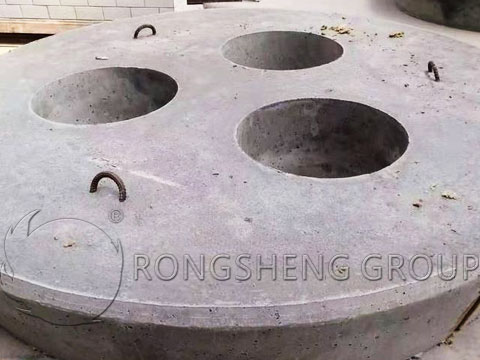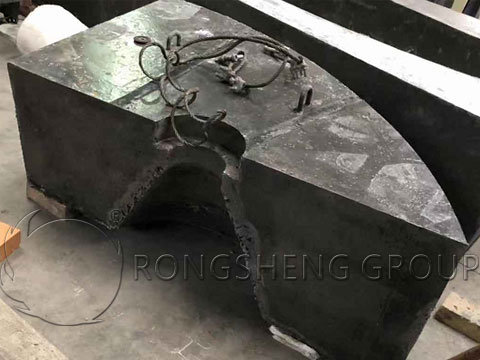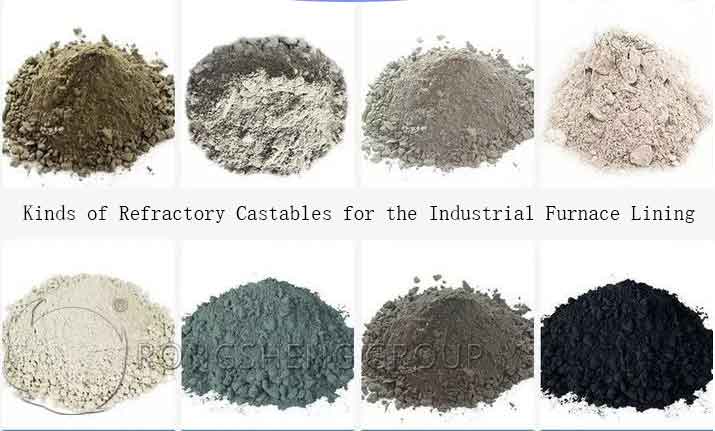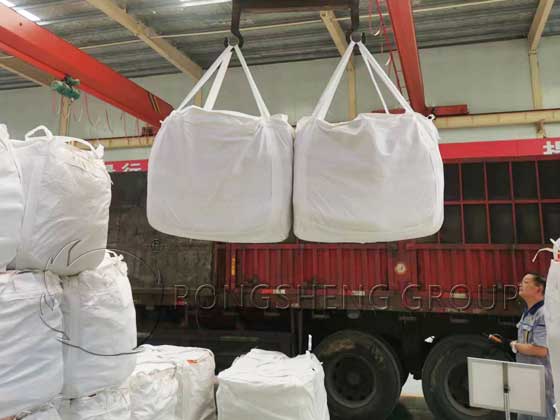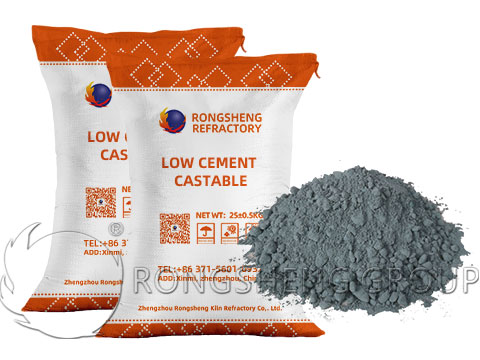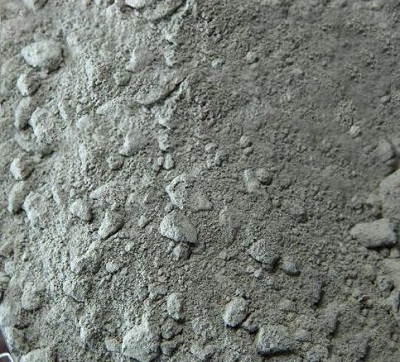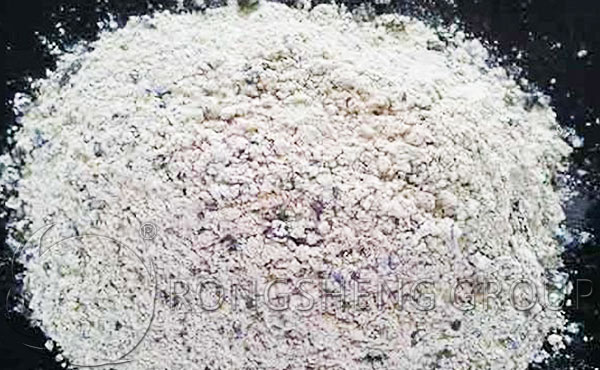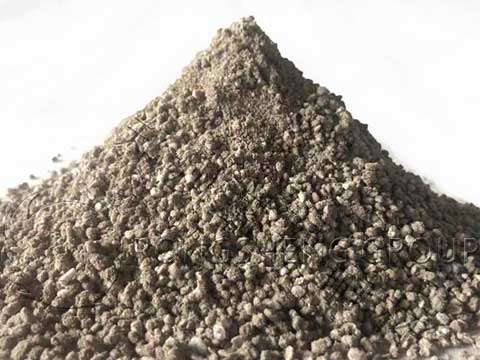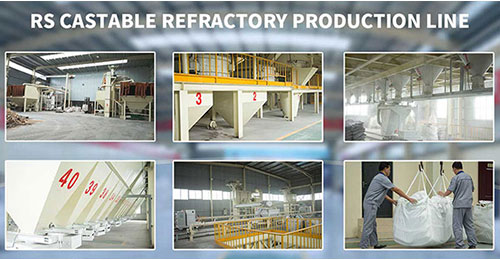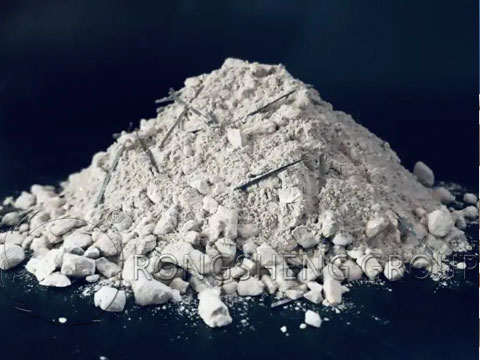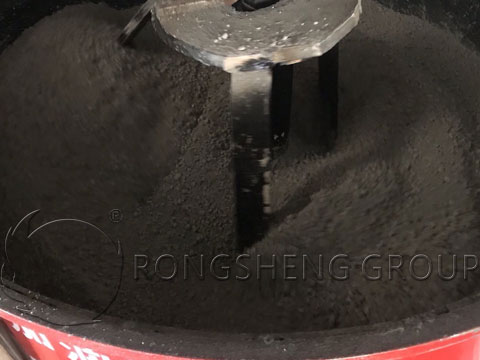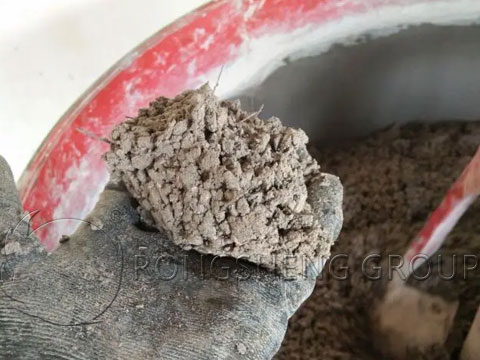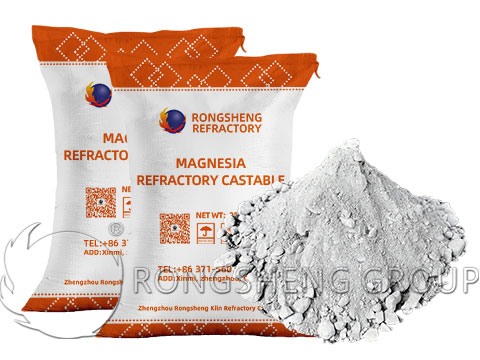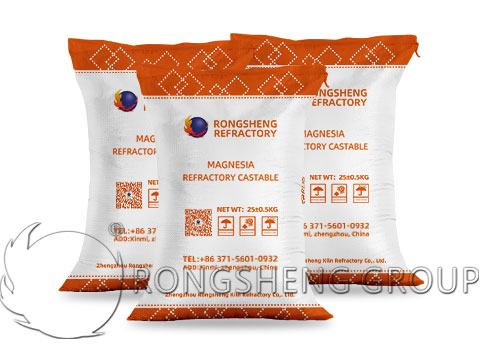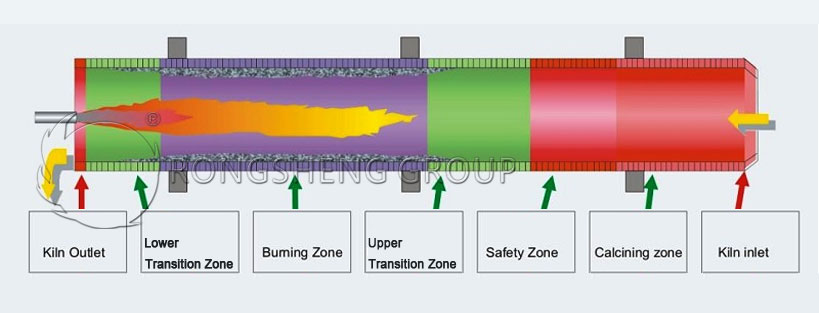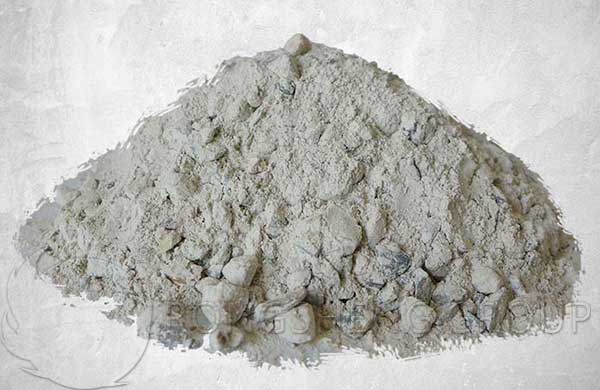In the process of iron and steel smelting, in addition to some commonly used refractory brick products with regular shapes, some refractory mortar is also used to fill the gaps between bricks and bricks. Or directly use Monolithic Refractory Materials for construction, which is faster and more convenient. Or use Monolithic Refractory Materials to produce irregular Precast shapes. To learn more about the Application of Monolithic Refractory Materials – Conventional Castable, please read on, or contact us.
Slag Retaining Wall/Weir, Breathable Curtain Wall
It is mainly used to block steel slag, change the trajectory of molten steel, prolong the residence time of molten steel, and promote the collision and floating of inclusions in molten steel to purify molten steel. Change the flow distribution of molten steel in the tundish, make the flow field of molten steel reach the best state, reduce the stagnation area, and expand the steady flow area. The product has the characteristics of high strength, corrosion resistance, erosion resistance, and strong slag-retaining ability.
All Kinds of Covering Materials
It is mainly used for sealing steel containers to prevent heat loss and secondary oxidation of molten steel. The product has the characteristics of excellent thermal shock resistance, low thermal conductivity, and good thermal insulation performance.
Current Stabilizer, Impact Plate
It is mainly used to accept the molten steel injected from the ladle, absorb the kinetic energy of the impact of molten steel injection, reduces the splash of molten steel, and promote the orderly flow of molten steel. To ensure that the inclusions are fully removed by collision and floating, and reduce the erosion of refractory materials in the injection area. The product has the characteristics of high-temperature strength, impact resistance, and excellent volume stability.
Well Block Bricks, Separation rings
It is mainly used with nozzle products to play the role of fixing the nozzle. The product has the characteristics of good volume stability and thermal shock resistance.
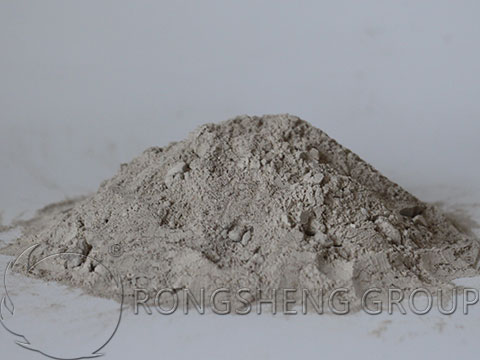
Dry Materials, Spray Coatings, Coating Materials
It is mainly used in the working layer of the tundish to protect the permanent layer, contains high-temperature molten steel, and absorbs inclusions in molten steel. The product has a simple construction, safety, and environmental protection. It has the characteristics of high service life, good disintegration, and a remarkable effect of purifying molten steel.
Permanent Layer Castable
It is mainly used in the permanent layer of each steel container to support the working layer and reduce the heat loss of molten steel. The product has the characteristics of good fluidity, no baking, excellent thermal insulation performance, and thermal shock resistance.
Blast Furnace Gunning Materials
Blast furnace gunning material, which is characterized by automatic remote control mechanical gunning construction, high strength, and good wear resistance. It is mainly used for gunning lining and lining maintenance of large, medium, and small blast furnaces, which can prolong the service life of blast furnaces.
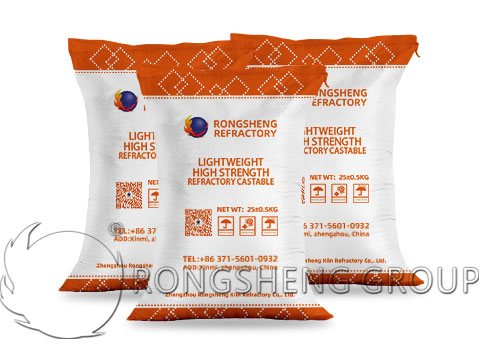
Iron Ditch Castables
The tap trough is the main channel for transporting molten iron and iron slag. The iron channel material is divided into main channel material, branch channel material, and slag channel material according to the use-part, which are respectively used for the main channel, branch channel, and slag channel of the iron channel. It is characterized by excellent slag iron erosion resistance and erosion resistance, and good thermal shock resistance.
Heating Furnace Castables
Heating furnace series castables are characterized by good thermal shock resistance, high strength, and good thermal insulation. It is mainly used in the working layer and heat insulation layer of the furnace top, furnace wall, furnace bottom, and other parts of various heating furnaces.
Nickel-Iron Rotary Kiln Castables
Nickel-iron rotary kiln castable is characterized by excellent acid and alkali resistance, high strength and high wear resistance, good thermal insulation, and thermal shock stability. Mainly used for lining and other auxiliary parts of the nickel-iron rotary kiln;
Desulfurization Guns
The desulfurization spray gun is mainly used in the molten iron pre-desulfurization system. It is characterized by good integrity, good thermal shock stability, and long service life. It is the main refractory product for molten iron injection desulfurization. It plays an important role in reducing the sulfur content in molten iron to produce high-quality steel.
KR Mixer
KR mixer is mainly used in molten iron pre-desulfurization systems. It is characterized by good integrity, good thermal shock stability, long service life, good slag resistance, and hot metal erosion resistance, and is the main product for hot metal desulfurization by stirring method. It plays an important role in reducing the sulfur content in the iron removal water to produce high-quality steel.
Furnace Covers
The furnace cover products are mainly used for the furnace roof of electric arc furnace smelting and the furnace roofs of LF refining furnaces. It is characterized by good thermal shock stability, high-temperature resistance to acid and alkali gas, good corrosion resistance, and long service life.
Ladle Working Layer Refractory Castables
It is mainly used for the ladle working layer cladding wall and ladle bottom working layer to undertake molten steel. The product has the characteristics of high strength, erosion resistance, good slag erosion resistance, and good thermal stability.
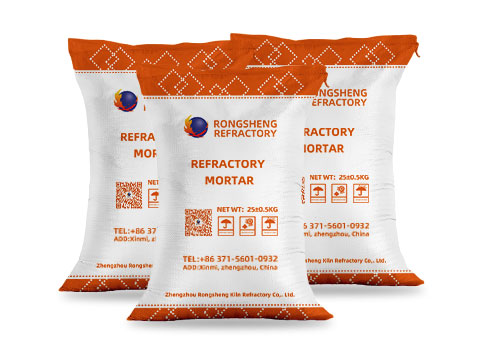
Refractory Mortars
It is mainly used for the masonry of working linings’ refractory bricks and permanent linings’ bricks. It has the characteristics of convenient construction, firm bonding of lining refractory bricks, and excellent erosion resistance.
PreCasting Ladle Bricks
It is mainly used for ladle working layer wrapping wall and bottom working layer, for smelting low carbon steel and ultra-low carbon steel. The product has the characteristics of high strength, the ability to withstand high-temperature erosion of molten steel, high-pressure argon flow stirring and impacting, good resistance to slag erosion, and good thermal stability.
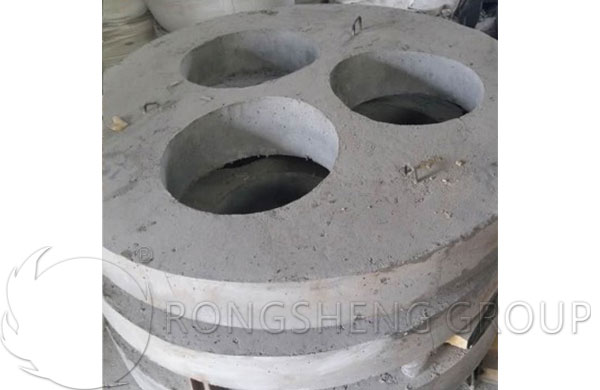
Rongsheng Refractory Castable Precast Shapes Parts
The refractory castable Precast Shapes part is a mold designed according to the shape required by the industrial furnace. The refractory castable is selected for casting, and it is put into use after curing, de-moulding, and drying. Conventional Castable Precast Shapes parts are made of high alumina, alumina silicon carbide carbon, corundum, magnesia, and other raw materials. The material of the castable Precast Shapes part is determined according to the actually poured lining. Refractory castable Precast Shapes part is a kind of precasting refractory product, and it is also a refractory material product commonly used in industrial kilns. Because of the convenient construction, it can improve the furnace building efficiency and is widely used in various industrial kiln linings and parts where it is not convenient to build refractory bricks. Specifically as follows.
- Heating furnace roof and taphole precast shapes parts
- Precast Shapes parts of the electric furnace roof
- Iron ditch Precast Shapes parts
- Ladle furnace bottom Precast Shapes parts
- Precast Shapes parts of intermediate frequency furnace sleeve
- Tundish covers precast shapes parts
In industrial kilns and thermal equipment, refractory castable Precast Shapes parts are used to build furnaces. It can realize mechanized installation, save labor and labor, shorten the construction period, and improve the efficiency of furnace construction. Monolithic Castable Precast Shapes parts are widely used in blast furnaces, hot blast stoves, heating furnaces, electric furnace roofs, iron ore powder roasting shaft furnaces and pellet roasting furnaces, and other industrial kiln masonry. The lining speed is fast, it can be used without baking, and the service life is long. The castable Precast Shapes parts can be poured into precasting parts of various materials and shapes according to the construction needs and drawing design.
The above is the description of the common refractory castable Precast Shapes parts by the Rongsheng Refractory Castable Manufacturer, Zhengzhou Rongsheng Refractory Material Manufacturer. Rongsheng Refractory Material Manufacturer Co., Ltd. is located in Xinmi, Henan. Specializing in the production of non-stick aluminum castables, low cement castables, high aluminum castables, lightweight castables, dense refractory castables, wear-resistant castables, etc. Rongsheng Refractories Factory has successively developed shaped products such as alumina-silicate series, silica series, alkaline series, lightweight heat insulation brick series, and castables of different raw materials, self-flowing refractory castable materials, ramming mass refractory materials, etc. Indeterminate materials such as refractory plastics. Contact us for free prices and samples.

